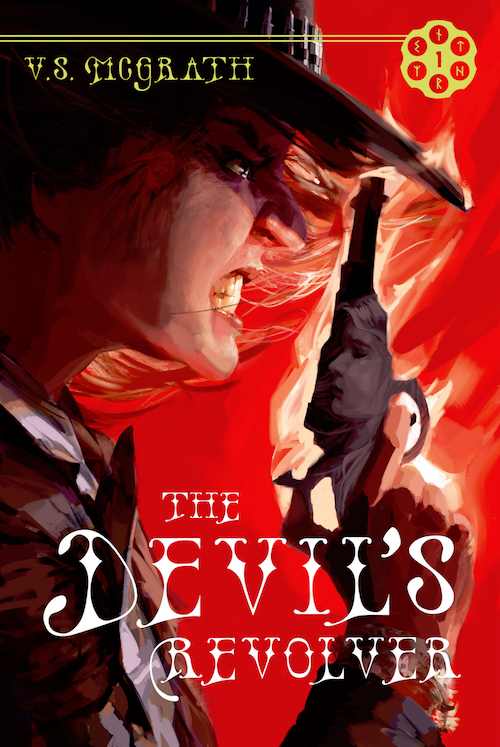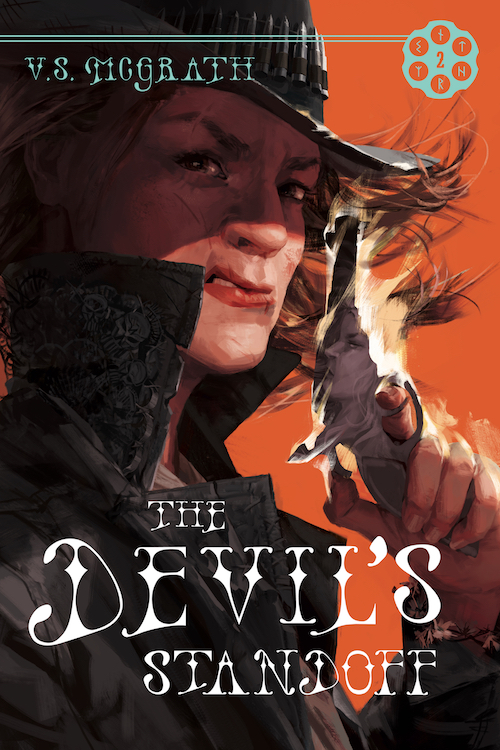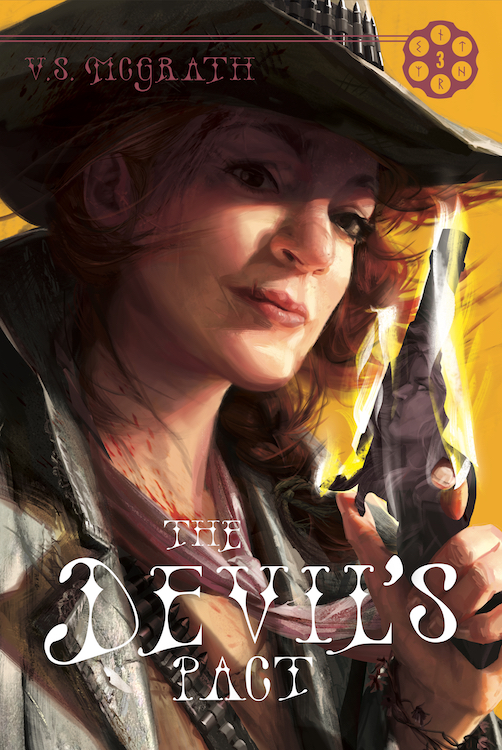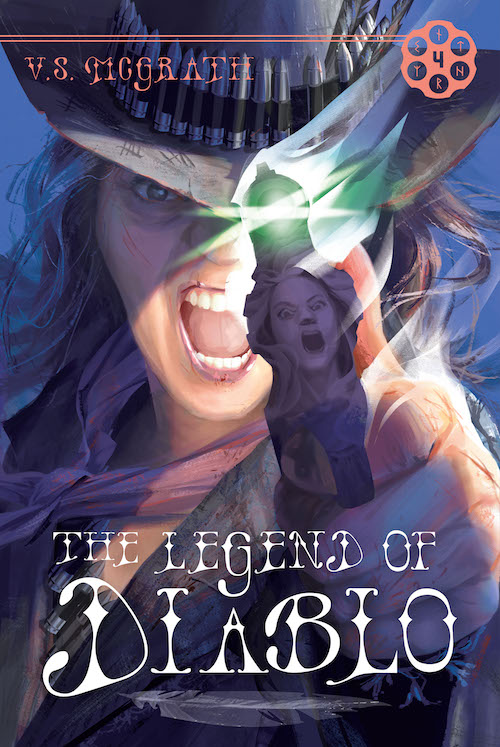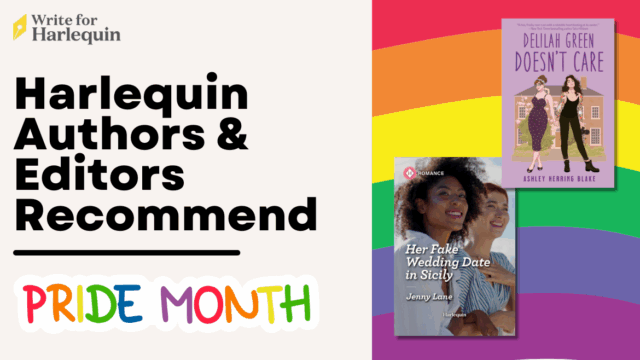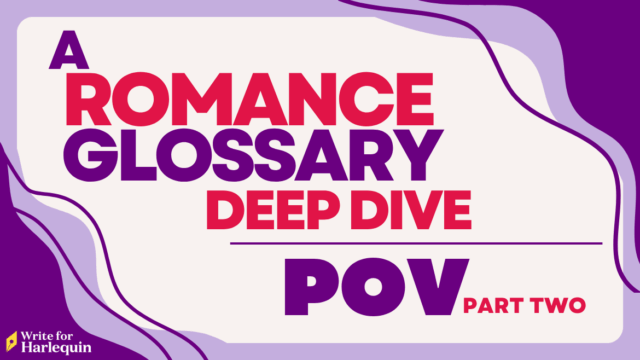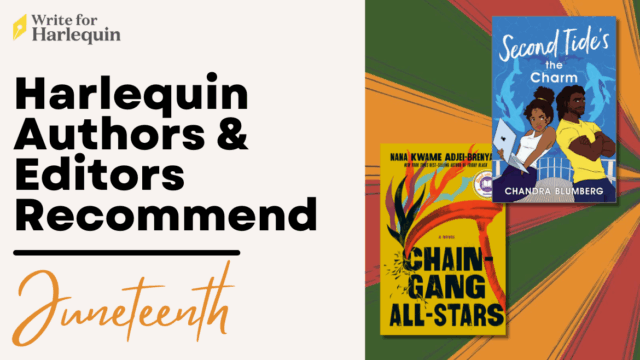

by Vicki Essex
One of the most fun and challenging things about writing fiction is worldbuilding. Worldbuilding is the process of creating a fictional world or universe. Whether you’re writing a fantasy world filled with magic and feudal lords, a paranormal romance with a secret society of werewolves and vampires, or a sweet romance set in a contemporary small town, worldbuilding is an important part of a writer’s skill set.
Worldbuilding answers questions about how and why things are the way they are in your world. It provides details that help us understand, ground and situate the protagonists.
Worldbuilding also provides constraints and limits for your characters; provides more sources of conflict, friction, tension, and obstacles; and demonstrates confidence and tangibility in your story’s setting to suck readers in.
Things to consider when building your world
Here’s a non-exhaustive list of building blocks with some examples of questions you can ask yourself about the settings and your characters’ lives in your story:
Population: Who lives in this world? What is the cultural makeup? Where do they live? When are they? Why do they live this way? How do they live?
Government: Who is in charge? What are their values? Where is the seat of government? When were they put in power? Why are they in charge? How did they gain control?
Economy: Who controls the means of production/wealth? What are the main industries? Where are the biggest factories? When did things change? Why are some people rich/poor? How does commerce happen?
Laws: Who is considered a criminal? What are the laws? Where are criminals kept? How is behavior governed? How are different crimes punished differently?
Infrastructure: Who builds/maintains infrastructure? What projects are public? Why do they exist? How do the people in this culture pay for infrastructure? Where are the greatest expenditures? When do they expect more to be built?
Religion: What do people believe in? How many religions are there? Where do people worship? Who leads the organized religion? When did this religion establish itself?
Geography: Where/When does the story take place? What is the physical landscape like? What is the climate like? Who thrives in this landscape? How do people live/survive here?
History: What has happened in the past that has brought you to this point in the story? How have major events affected the population, and your protagonists in particular?
Physics/Magic: How does it work? Who uses it? What are its limitations/costs? What are its weaknesses? How is it fallible? When was it first used?
Of course, this is a lot to consider before you even start writing. A more dynamic approach might be to ask yourself these questions along the way in relation to your protagonists. Showing the “normal world” will help build the world right off the bat. As the story moves forward, you can reveal the wider world around your characters and how they fit into it.
Strategies and Tools for Incorporating Worldbuilding
I use a handful of tools to help me worldbuild:
Narrative infodump: This is a mostly tell-don’t-show tactic to inform the reader what is happening. Keep the topic focused and make sure it is pertinent to the story. Ask yourself: Why is this detail important? What does the reader really need to know about this to move forward in the story? What makes this interesting?
Dialogue: People impart a lot of information through the things they say. Avoid “As you know” statements, and use natural, organic interaction between characters about pertinent details.
The Proxy: The proxy is the character the reader often identifies with most because they’re experiencing this world with you for the first time. Examples of proxy archetypes include the rookie and the fish out of water. They are often, but not always, the main character. Proxies ask a lot of questions, or are constantly learning or being taught things that the reader also needs to know.
Inference Through the Mundane: The everyday for the characters—what they eat, their commutes, where they shop, etc.—can inform readers about the world the characters inhabit. Readers infer a lot about a character’s life through the everyday challenges they face, especially if your characters are in unique situations.
“The Setup”: This is a challenging show-don’t-tell exercise. Imagine the scene as if it were presented on screen as a movie. What clues does the setting give the reader/viewer? Engage the senses and show us the how and why this world exists.
For a broader view of the world, ask yourself how you’d portray your world in a trailer. What would you show your audience first? Could you give viewers a sense of the world in less than two minutes? This can help you quickly establish the aesthetic and tone of the world you are entering so you know which details to focus on.
What Should You Include? How Much Is Too Much?
When it comes to worldbuilding you can’t plan too much, but you might include too much for the readers to digest. There’s no limit to what you can talk about to flesh out the world. But if you’re struggling about what to include, or need to pare down your word count, then consider ensuring that your worldbuilding details serve at least one function:
- Provide sources of conflict or tension
- Foreshadow later events
- Set up stakes and later plot points
- Give us a window into the world the characters live in/the particular challenges they face
- Give us a look at aspirational goals, the flip side of things, or what the characters can/might look forward to/back on, dream about
Just as with research, you can use the same “iceberg” model of writing to show what you need to about the world. Develop the rest behind the scenes and off the page so that you understand how the details you are providing fit into your universe.
What are your tips on worldbuilding and what are the issues you face? Share with us in the comments below!
Vicki Essex has written six contemporary series romances for Harlequin Superromance. She also writes the fantasy Western series The Devil’s Revolver under the penname V.S. McGrath. The final book in the series, The Legend of Diablo, is out now. Please visit www.devilsrevolver.com, www.vsmcgrath.com or www.vickiessex.com. You can also find her on Facebook and Twitter.


